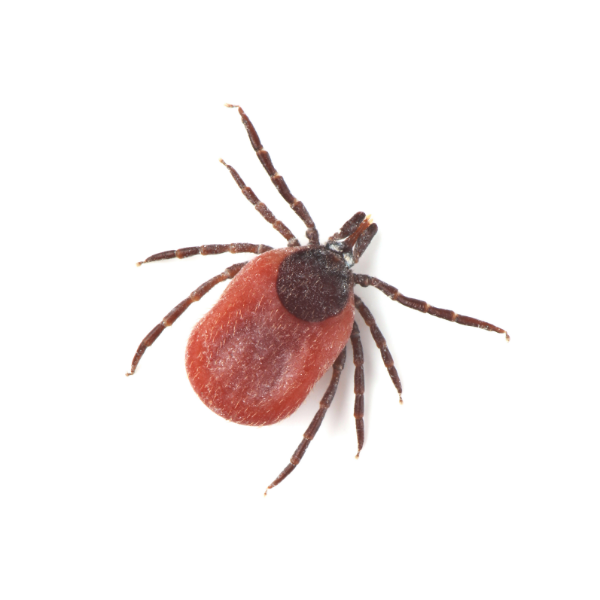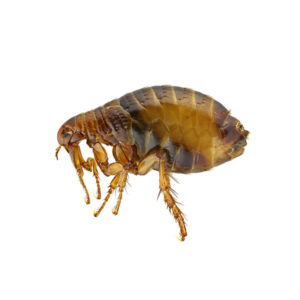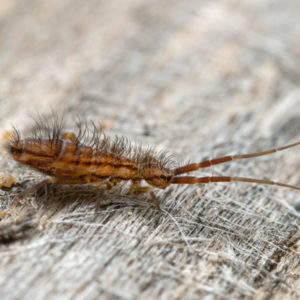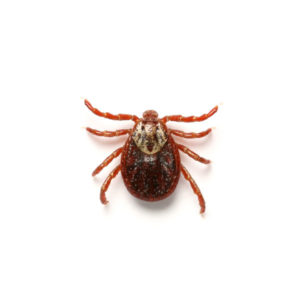Deer Ticks in Salina
Deer ticks, also known as black-legged ticks, are the primary carriers of Lyme disease in the United States. Widely distributed across the eastern U.S., their range has been spreading in recent years, and now they can be found in Salina. Their distribution relies greatly on the distribution of their reproductive host, the white-tailed deer. Both nymph and adult deer ticks transmit diseases such as Lyme disease, Babesiosis, and Anaplasmosis. In 2018, there were 23,558 recorded cases of Lyme disease, making it the most common vector-borne disease in the United States.
Deer Tick Habitat
Deer ticks live in shady, moist areas at ground level, clinging to tall grass, brush, and shrubs, usually no more than 18-24 inches off the ground. Ticks also live in lawns and gardens, especially at the edges of woods and around old stone walls. Deer ticks don’t venture far from wooded areas, so you’re unlikely to ever find one in the middle of your front lawn. However, deer ticks may also live in ornamental plantings and gardens, or any environment that offers available shade and high humidity.
Deer Tick Behaviors, Threats, or Dangers
Deer ticks bite. The greatest risk of being bitten occurs during spring, summer, and fall. However, adult ticks may be out searching for a host any time winter temperatures are above freezing. The stages most likely to bite humans are nymphs and adult females. To avoid being bitten, apply an insect repellent containing an EPA-registered ingredient, such as DEET. Also, consider wearing long-sleeved shirts and pants, preferably light-colored so ticks will be easy to detect, and tuck pants into socks. If you are dealing with deer ticks, you may want to consider getting help from a professional tick & mite control expert.






